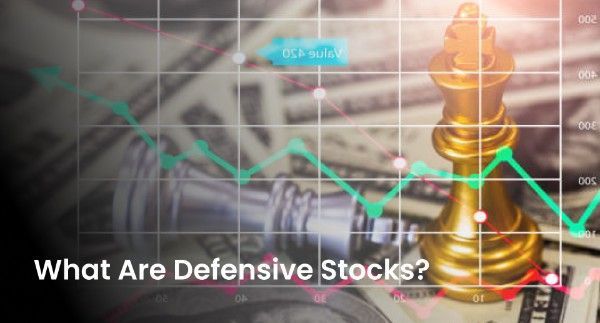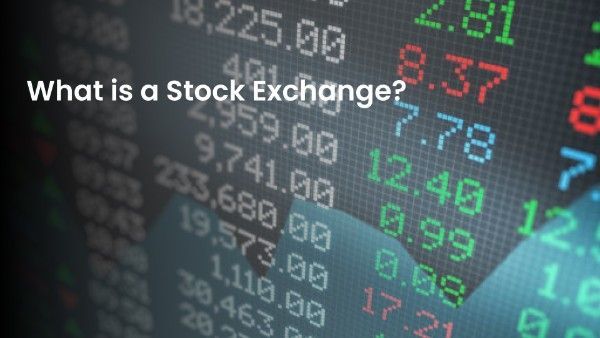All About Nifty 50: Meaning, History, Calculation and More

Nifty, also known as Nifty 50, is one of the two primary broad market and benchmark indices in India. This means that the index gives investors and traders a fair idea of the overall market performance and the general sentiment prevailing therein. Let’s take a closer look at the meaning of Nifty 50, how it is computed and more.
What is Nifty 50: A closer look at the meaning and definition of the Nifty 50 index
The Nifty 50 is the key benchmark index of the National Stock Exchange (NSE). It consists of the top 50 stocks traded on the NSE, out of the 2,000+ stocks listed on the exchange. The top 50 stocks that make up the Nifty 50 belong to different sectors of the economy like financial services, information technology, consumer goods, metals, entertainment and media, pharmaceuticals, telecommunications, and automobiles, among others. This sums up the definition and meaning of the Nifty index.
The History of the Nifty 50
The Nifty 50 was launched on April 22, 1996. By the turn of the millennium in 2000, the benchmark index had crossed many major milestones including the start of demat trading on the NSE, the launching of index futures based on the Nifty 50, and having these index futures listed on the Singapore Exchange.
Over the next decade, between 2000-2010, index options based on the Nifty 50 were launched. ETF listings, NIFTY bank index derivatives and single-stock futures and options were also introduced. Today, the Nifty is one of the most prominent financial products in India, with futures, options and exchange-traded funds tracking the index.
How are the Stocks in the Nifty 50 Selected?
The National Stock Exchange has certain criteria that stocks need to meet to be considered as a part of the Nifty 50. Here is a closer look at how the stocks in the benchmark index are selected.
- The company should be an Indian entity registered on the National Stock Exchange
- The company should have a listing history of 6 months.
- The company should have a trading frequency of 100% during the previous 6 months.
- The company’s average market impact cost should be 0.50% or lower during the previous 6 months for 90% of the observations (taking into account a basket size of Rs. 100 million).
The market impact cost is the cost of executing a securities transaction at any given point for a specific order size. It is an ideal metric to measure the liquidity of a stock because it gives you more clarity on the actual costs incurred.
Regarding the eligibility of a company that launches an IPO, it will be eligible to be included in the Nifty 50 only if it meets the above-mentioned eligibility criteria for a period of 3 months instead of 6 months.
How is the Nifty 50 Calculated?
Since it was first introduced, the Nifty 50 was originally calculated according to the full market capitalization methodology. However, on June 26, 2009, the computation method was changed to the free-float market capitalization method.
Here is a preview of the steps involved in calculating the Nifty 50 according to this computation strategy.
- Step 1: The market capitalization of all the 50 companies that make up the index is calculated as per the following formula: Number of Shares Outstanding X Current Market Price
- Step 2: Then, you need to compute the free-float market capitalization of each company using the Investable Weight Factor, which pertains to the shares of the company freely available for trading. It does not include restricted shares that may be held by the company’s promoters or employees, or even by the government. The formula used for this is: Market Capitalization X Investable Weight Factor (IWF)
- Step 3: Then, compute the weighted free-float market cap using the following formula: Free-Float Market Capitalization X Weight
- Step 4: Lastly, calculate the index using the formula: Current Market Value ÷ (Base Market Capital x Base Index Value)
Conclusion
This sums up the fundamentals of the Nifty 50 index. If you want to invest in the index itself, you must know that this is not possible. Instead, you can build a portfolio of the same stocks that make up this benchmark index, or invest in index funds which passively track the index for you. By including the Nifty 50 stocks in your portfolio, you may benefit from the growth in value of the various blue-chip stocks that make up the index.


















